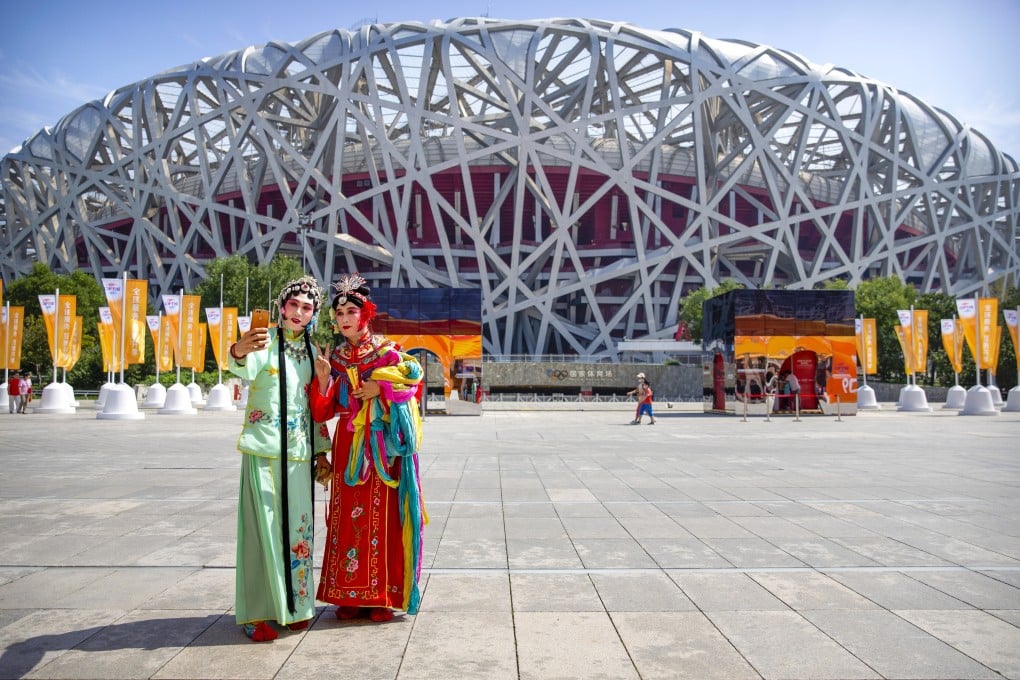Explainer | Olympics legacy – what happened to the stadiums and venues of past Games?
- Many facilities built for the Olympics at great expense have been abandoned and left to rot but it’s not all bad news with several host cities having worked hard to ensure a positive post-Games legacy
- The Greek capital of Athens was hit hard financially by hosting the 2004 Olympics, whereas Los Angeles is ready for another round after staging the 1984 Games

They are like election promises. They sound good and you want to believe but the chances of fulfilment are only 50-50. Such is the case for sport’s biggest white elephants – the grandiose Olympic stadiums, arenas and even roads that are built for a two-week global gathering but are sometimes abandoned and left to rot after the event.
A common theme among bidding cities is the need to “build a legacy” that goes beyond the Olympics in terms of facilities and national pride. Too often, though, the billions of dollars spent fizzle out in the weeks and months after the Olympics are over and forgotten.
The International Olympic Committee is acutely aware of the problem but insists it is not all bad news.
IOC conducted a research into the post-Games use of all Olympic venues and preliminary results as of 2019 show that 48 out of 54 Olympic stadiums are still in use, with four of them designed to be temporary and two of them having been dismantled after long years of service.
“We are conscious that some venues from past Games are not utilised as fully as they could be, ” the IOC said in an email response to the Post, explaining why they are ramping up use of existing and temporary venues in future Olympics.